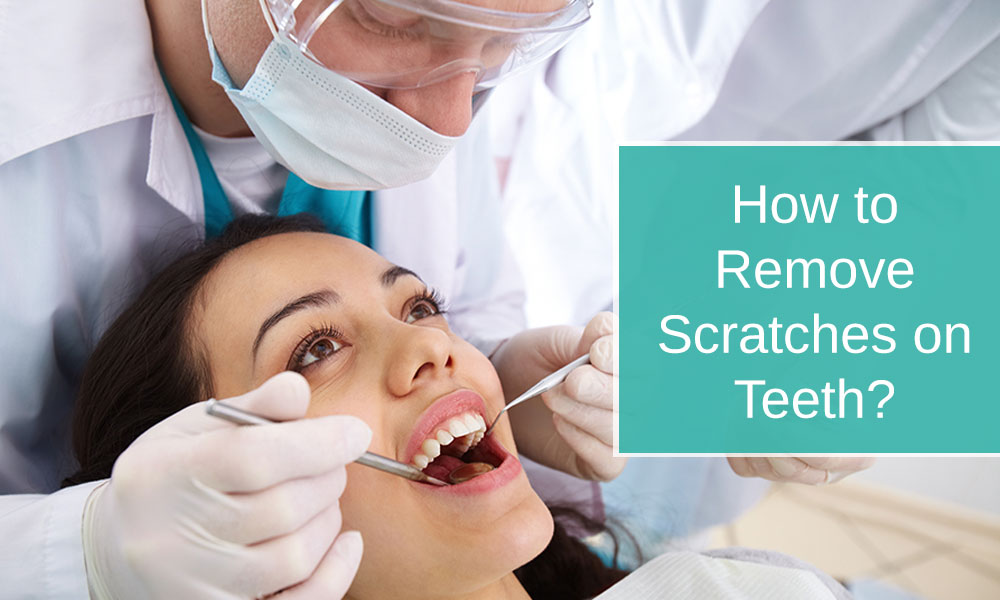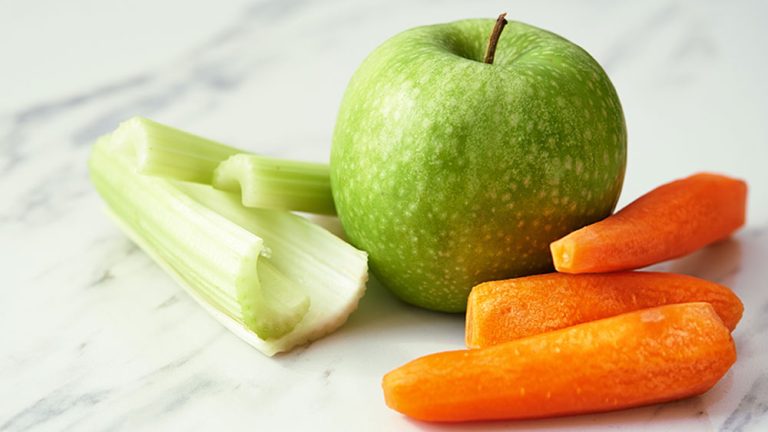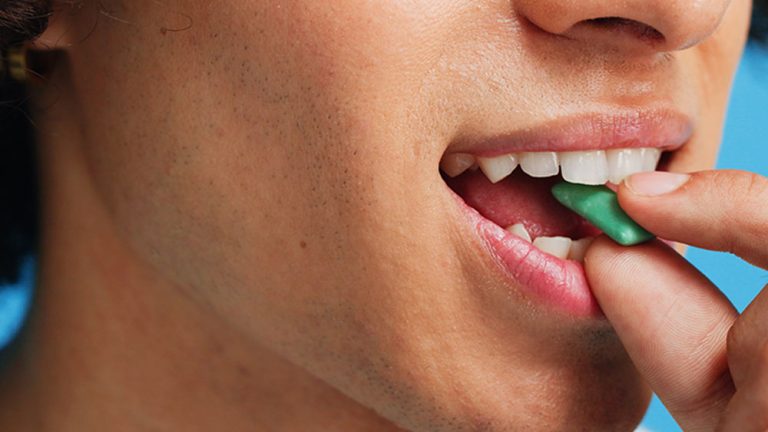
How to Remove Scratches on Teeth?
In our pursuit of a picture-perfect smile, akin to those we admire on TV, we often overlook the subtleties of dental health, like scratches on our teeth. Whether you’re prepping for a big event or just yearning for a dazzling smile, discovering scratches on your teeth can be disconcerting. But fear not! We’ll unravel the mystery behind these scratches, exploring what they truly are and how to address them.
Understanding Scratches on Teeth
The Reality of “Scratches”
Not all markings that resemble scratches on your teeth are cause for alarm. It’s important to distinguish between what’s normal and what’s not. Some of these so-called scratches might just be natural ridges in the enamel or hardened plaque misinterpreted as scratches.
Enamel: The Strong Yet Misunderstood Layer
Enamel, the hardest tissue in the human body, forms the outermost layer of your teeth. Despite its toughness, it’s not immune to chipping or wear. The natural ridges and grooves in enamel are often mistaken for scratches.
The Plaque Factor
Hardened dental plaque, which can look like scratches, is another common culprit. This sticky bacterial layer forms on your teeth and, over time, can harden into tartar. This tartar not only leads to tooth decay and gum disease but also absorbs stains, further mimicking scratches.
Post-Cleaning Perceptions
The Myth of Cleaning-Induced Scratches
Many believe that professional teeth cleaning, especially using ultrasonic scaling, can cause scratches. However, this is a misconception. Ultrasonic scalers, designed to remove tartar without damaging enamel, are incapable of scratching the tooth surface.
The Illusion Post-Plaque Removal
Sometimes, the removal of plaque can reveal the natural contours of your teeth, which were previously smoothed over by the plaque. These aren’t new scratches but rather the natural topography of your teeth becoming visible.
Braces and Scratches: Unraveling the Myth
Do Braces Scratch Teeth?
Contrary to popular belief, braces do not typically cause scratches. The bonding material used to attach braces might leave behind residues that appear as scratches, but these are easily removable by an orthodontist without harming the tooth surface.
When to See a Dentist
Despite the rarity of true scratches resulting from dental procedures, if you notice any marks accompanied by sensitivity or pain, it’s prudent to consult your dentist. They can assess whether these are superficial marks or signs of deeper dental issues. It takes several years to complete dental school, showing that they are experienced.
Misinterpretation of Natural Tooth
Scratches on teeth are usually either a misinterpretation of natural tooth anatomy or the result of removable plaque and tartar. Regular professional cleanings are part of good oral hygiene and can help maintain a healthy, scratch-free smile. So next time you spot something unusual on your teeth, remember, it might not be what it seems!
Citations
- Morel, A et al. “A study of human jaw movements deduced from scratches on occlusal wear facets.” Archives of Oral Biology vol. 36,3 (1991): 195-202. doi:10.1016/0003-9969(91)90086-a



